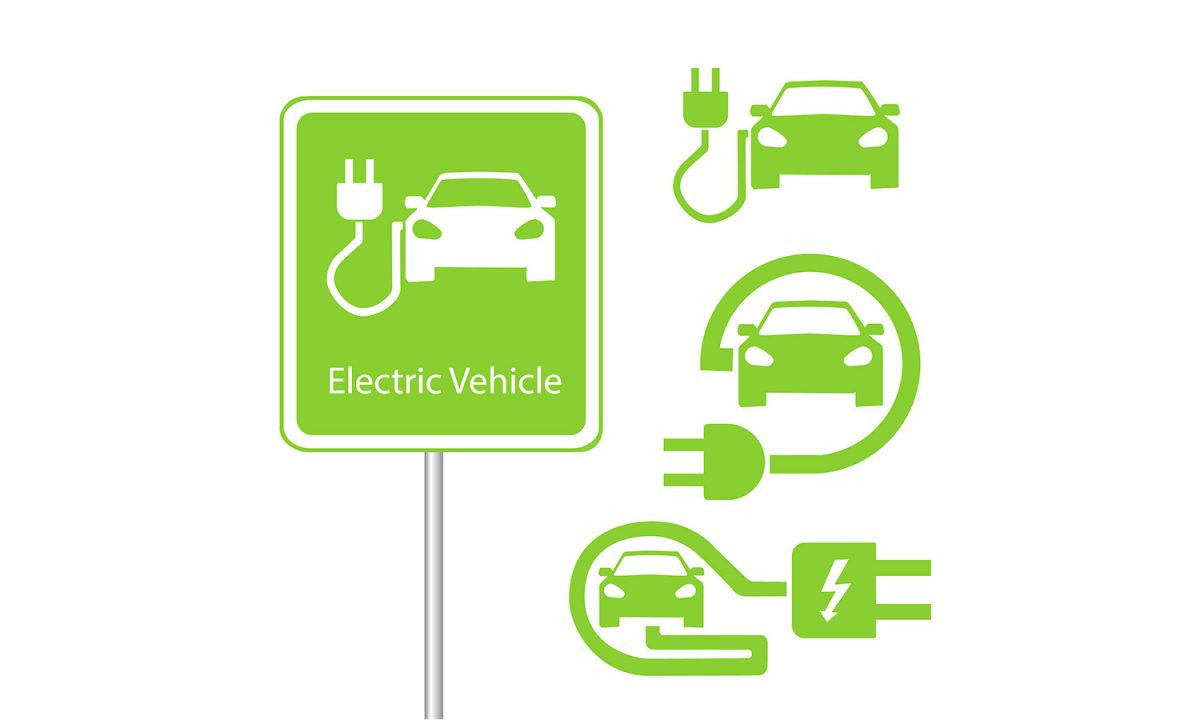Background
The impact of carbon emissions can be seen all around us; the scientific community is united on the dangers that face the world with the continuing rise in temperatures.
Policymakers however, are moving at different speeds where domestic political considerations influence their willingness to implement the regulation necessary to stem global warming. This does not mean that no action is being taken.
In Europe regulations have been passed that will have a profound impact on the auto industry and this makes for an interesting case study, even aside from the financial and investment implications for the companies involved.
Introduction
Policymakers worldwide are tackling climate change through regulation and taxation. Typically, these policies have imposed costs on the users of carbon. An alternative approach is possible and in Europe the regulators will impose significant costs on the producers of cars rather than on drivers.
The intention is that the prospect of significant fines will force carmakers to reduce the emissions of the vehicles they produce. The way the regulations are constructed means that improving the efficiency of existing diesel and petrol technologies will not serve to remove the regulatory impact. The only available route for the auto manufacturers is to sell more electric vehicles. The regulations have been constructed in such a way that it even makes sense to sell these vehicles at a loss to reduce the scale of the fines.
Regulations will lead to higher sales of electric vehicles in Europe and will inevitably drive electric vehicle battery demand. The electric vehicle battery market is consolidated with six large players accounting for 80% of supply. These Tier-1 suppliers have several competitive advantages: scale, production know-how and a safety track-record. Increased penetration of electric vehicles in Europe will be particularly beneficial to the Korean battery manufacturers that dominate battery supply to the European market.
| Glossary: | |
|---|---|
| ICE | Internal Combustion Engine |
| HEV | Hybrid Electric Vehicle (ICE with small battery that is self-charging) |
| PHEV | Plug-in Hybrid Electric Vehicle (ICE with larger battery that can be charged externally) |
| BEV | Battery Electric Vehicle (Full electric vehicle reliant on battery power only). |
The European CO2 Regulations
The European Union has implemented the world’s strictest passenger car CO2 emissions regulations. These regulations come into force in 2020 and require carmakers to significantly reduce the average emissions of the cars they sell in the EU. Again, note the regulators are imposing the direct costs of compliance on carmakers rather than on car drivers.
From 2020 carmakers will be fined if the average CO2 emissions of the cars they sell in the EU exceed 95g/km – the average emissions for cars sold in 2018 was 120g/km¹. The fine is EUR 95 per g of CO2 above the target per car sold. These fines are not a one-off – a carmaker will have to pay a fine every year that they don’t comply.
Moreover, compliance with the regulations becomes more challenging over time as various concessions are removed and the emissions target falls. The challenge for carmakers is illustrated by the chart below. The emissions target falls to 95 g/km in 2020, further reduces to 80 g/km in 2025 and then reaches 60 g/km in 2030. Over the next 10 years car makers need to reduce average emissions to half the current level.

Source: European Environment Agency
Efficiency improvements of ICE cars are limited and mix-shift towards high emission SUVs is a further hindrance. Since 2000 average emissions of cars sold in the EU have fallen by 2% per annum or only 2-3g/km per year – not nearly enough to bridge the 25g gap between current emissions and the new target. At this rate it would take ten years of improvements to reach the emission targets and this assumes the targets remain static and not subject to increase. In other words, carmakers simply cannot meet the emissions targets using current ICE technologies.
Impact on a Typical Carmaker
The scale of the potential fines is best illustrated through a numerical example of a stylised carmaker selling in the EU market – we will refer to this hypothetical company as Polluting Autos Ltd. The numbers used in the example are consistent with a mass market European car manufacturer.
| Polluting Autos Ltd – Potential Fines | |
|---|---|
| Average Selling Price | EUR 25,000 |
| Operating Profit Margin | 7% |
| Operating Profit per Vehicle | EUR 1,750 |
| Vehicle Mix | - 95% ICE - 3% HEV - 1% PHEV and - 1% BEV |
| CO2 Emissions | 120 g/km |
| CO2 Emissions gap | 120 g/km – 95 g/km = 25 g/km |
| Fine | 25 g/km x EUR 95 = EUR 2,375 per vehicle |
Assuming no change in vehicle mix and vehicle emissions, Polluting Autos Ltd will be subject to very significant fines. The fine is nearly 10% of the selling price and wipes out the operating profit the company made previously.
Such is the financial significance of the fines that they are likely to push the European car industry into loss unless they change the mix of vehicles sold. In other words, the EU CO2 fines are intended to be so punitive that car manufacturers are unable to “pay to pollute”. Maintaining the status quo and paying the fines in full is simply not an option.
Carmaker Strategies to Avoid Fines
As illustrated in the numerical example, carmakers will be subject to very significant fines if they do not rapidly reduce the average emissions of the cars they sell. In addition to the financial penalties, there is also a significant reputational risk from being fined for breaching the CO2 caps. Consumers are increasingly focused on the environmental footprint of brands. Any carmaker fined for not complying will see damage to its image and this will likely lead to market share loss. This dynamic is particularly important for Volkswagen Group which was at the heart of the Dieselgate scandal.
The only plausible way that European car manufacturers can reduce the fines is by selling a significantly larger proportion of BEVs and PHEVs. As discussed previously, efficiency improvements in the existing diesel and petrol cars will not be enough to meet the new targets.
The fines are so significant that it even makes sense for a carmaker to sell a BEV at a significant loss. This can be illustrated using the stylised carmaker discussed earlier.
| Polluting Autos Ltd – Impact of Selling BEVs |
|---|
| Polluting Autos Ltd sells 100 cars per annum in Europe with the mix used earlier – 95 ICEs, 3 HEVs, 1 PHEVs and 1 BEV. Existing Vehicle Mix Emissions = 120g/km Assume Polluting Autos sells 1 BEV instead of an ICE. The BEV produces no emissions and is given a “super credit” in the calculation. New Vehicle Mix Emissions = 118g/km Change in CO2 Fine = 2g/km x 100 vehicles x EUR 95 = EUR 19,000 reduction |
Polluting Autos Ltd can sell a BEV at a significant loss and be better off because the reduction in CO2 fine is so significant.
Producing a BEV costs approximately EUR 9,000 more than an equivalent ICE. Polluting Autos Ltd could sell the BEV at the same price as the ICE and still be better off. European CO2 regulations are effectively bringing forward electric vehicle price parity.
Carmakers need to increase their sales of BEVs. They will offer significant incentives and attractive lease deals to drive demand. Volkswagen Group provides an example. They are market leader in Europe with a 24% share across their various brands. They are making an aggressive push into BEVs and have made significant investment in a dedicated BEV platform. In order to meet the new emissions targets they need to significantly increase the proportion of BEVs sold. To give a flavour of the magnitude of change involved: Volkswagen is expecting BEVs to increase from 1% of European sales in 2019 to 6% in 2020 and 26% by 2025².
Implications: Electric Vehicle Battery Demand
Meeting the new emissions regulations will require carmakers to significantly increase the number of BEV and PHEV cars they sell in Europe. They will make these sales even if they are margin dilutive because the potential fines are so significant. Growth in the number of BEVs and PHEVs sold will naturally lead to significant growth in battery demand. China has historically been the primary driver of battery demand but the market will eventually wake up to the new world where Europe becomes increasingly important over the next few years.
The electric vehicle battery market is consolidated with six large players accounting for 80% of supply in 2019 – Panasonic, CATL, LG Chem, BYD, Samsung SDI and SKI. Global carmakers focus their orders on these Tier 1 players because they have scale, production know-how and a safety track record. Korean companies Samsung SDI, LG Chem and SKI are the only major players in European battery manufacturing. They have long-established relationships with the European carmakers – this is important given that the battery is a safety-critical component. Carmakers based in Europe need local sources of battery supply and the Korean players are likely to dominate the industry for the foreseeable future.
As an indication of the size of the opportunity, Samsung SDI is expecting the global EV battery market to grow by 55% in 2020 with European demand being the primary driver³.
¹ EU average for 2018 was 120.4g/km according to European Environment Agency data.
² Volkswagen AG Investor Presentation “Levers to unleash value” – January 2020
3 Samsung SDI Q4 2019 Result Conference Call Presentation – January 2020
Copyright
It is not permissible to copy, cut, paste, scan, store or distribute via electronic or other means any content from the Edinburgh Partners website or newsletter without our express written consent. Unauthorised copying, reproduction or adaptation of any part of this material is in breach of the Copyright, Designs and Patents Act 1988 and may give rise to civil damages and criminal penalties.
Important Notes
All investments have the potential for profit or loss and as such your capital may be at risk. Past performance is not a guide to the future.
This document does not constitute or form part of, and should not be construed as, a recommendation, offer or invitation to purchase or subscribe for securities or services mentioned herein. The information and opinions contained in this document are those of the authors and are subject to change without notice
This document contains information on investments which does not constitute independent research. Accordingly, it is not subject to the protections afforded to independent research and Edinburgh Partners Limited and its staff may have dealt in the investments concerned.
This document has been issued and approved by Edinburgh Partners Limited. Registered Office 27-31 Melville Street, Edinburgh EH3 7JF. Registered in Scotland SC243661. Authorised and regulated by the Financial Conduct Authority, 12 Endeavour Square, London E20 1JN.



